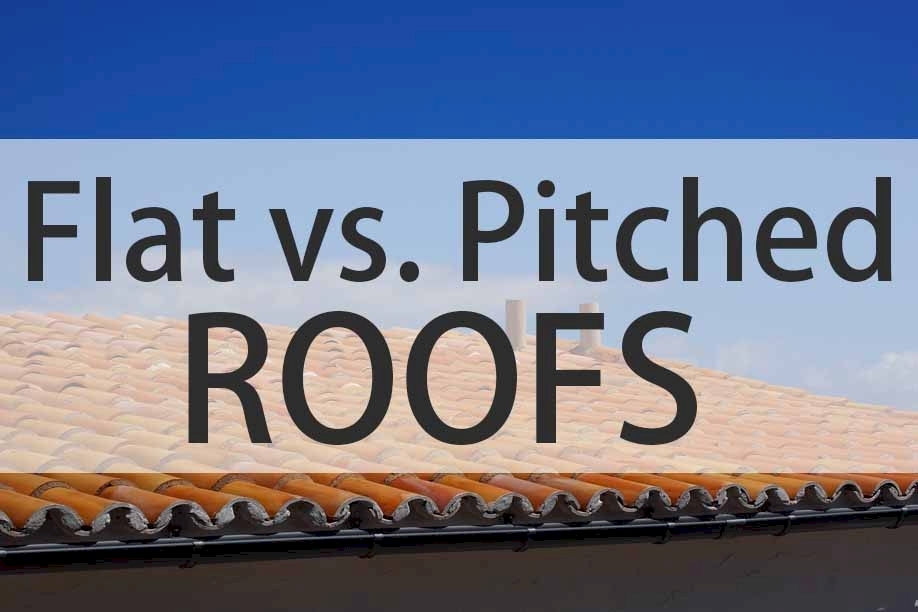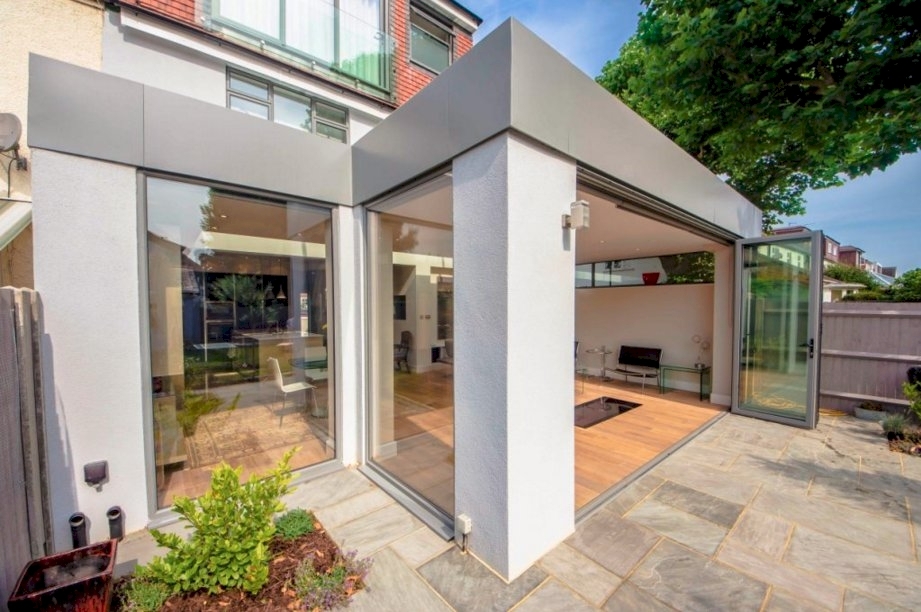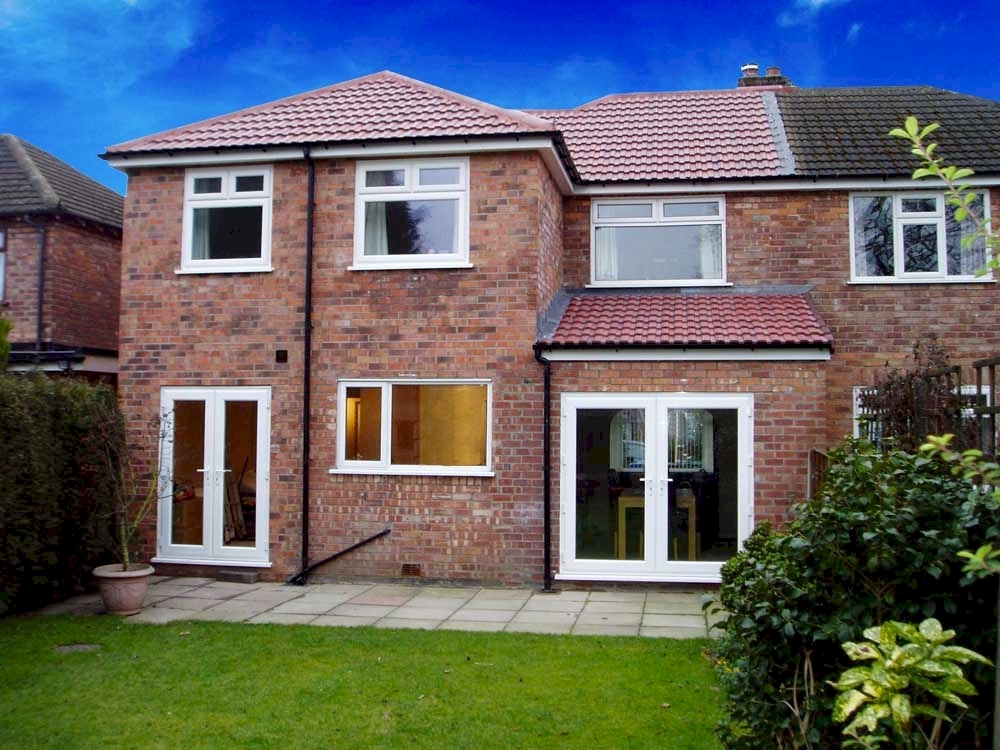
Every single extension or construction project has to deal with a question of a roof the project is going to sit below. Its final look depends on many factors – mostly the type and style of the house, the available budget for the project, and the building regulations that apply in the area. Basically, types of roofs can be simply divided into two main groups – flat roofs and pitched roofs. We will talk about the main differences and the advantages/disadvantages of these two groups in the article below.
Flat roofs


An interesting fact is that even though these are called flat, they are not usually completely flat. There is a slight pitch of a few degrees to ensure drainage. This type of roof is usually a choice for smaller projects such as rear and side single/double extensions and garages. Basically, roof is constructed of a horizontal base with a waterproof membrane supported by ceiling joists.
Flat roofs are usually constructed using either liquid or sheet flat roofing. Liquid roofing offers a one-piece roof applied seamlessly which is a great choice when applied on a complicated roof and often offers a longer lifespan (30 years or more).
From the cost perspective, flat roofs are definitely a cheaper variant compared to pitched roofs. Much less material and labor are needed and the work of the replacement can take no longer than a single day in some cases.
Pitched roofs


One of the greatest advantages of the pitched roofs is that they almost always create plenty of space in the loft area, which can be used, if this is taken into consideration when planning, as additional living space – office, study, or a bedroom. House will also benefit from additional insulation therefore the rooms below will not be affected by the extreme weather conditions (while flat roofs can suffer considerably). Pitched roofs are considerably stronger when it comes to weather and time durability compared to flat roofs. Another advantage is that they usually blend more with the style of the existing London properties.
What has to be taken into mind is that pitched roofs are more cost-demanding. It requires much more complex design, materials, and work hours compared to flat roofs. Another important thing to think about is the weight of the new roof. As pitched roofs are usually much heavier than flat roofs, replacing one with another is not always possible.
In general, both types of roofs have their pros and cons and we recommend talking to your architect or contractor when deciding which type is more suitable for your project.





